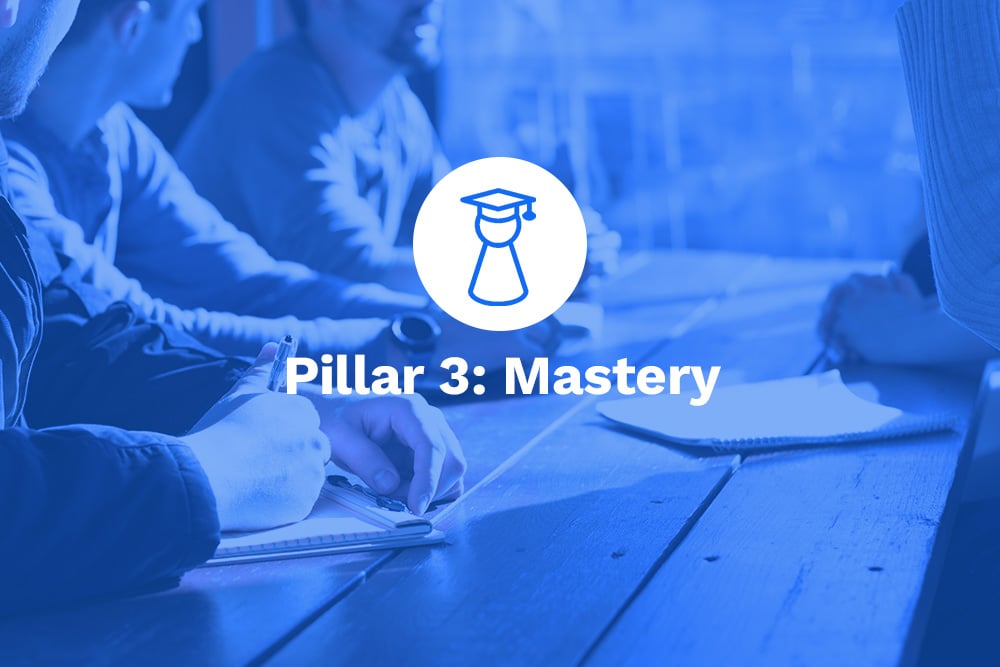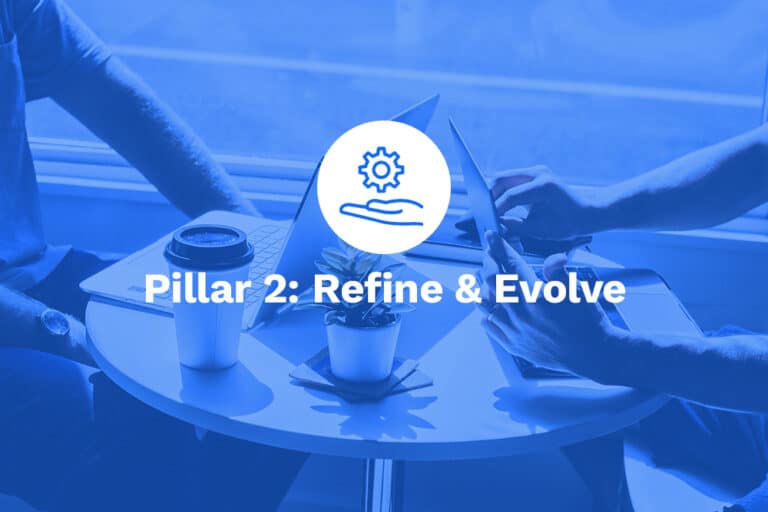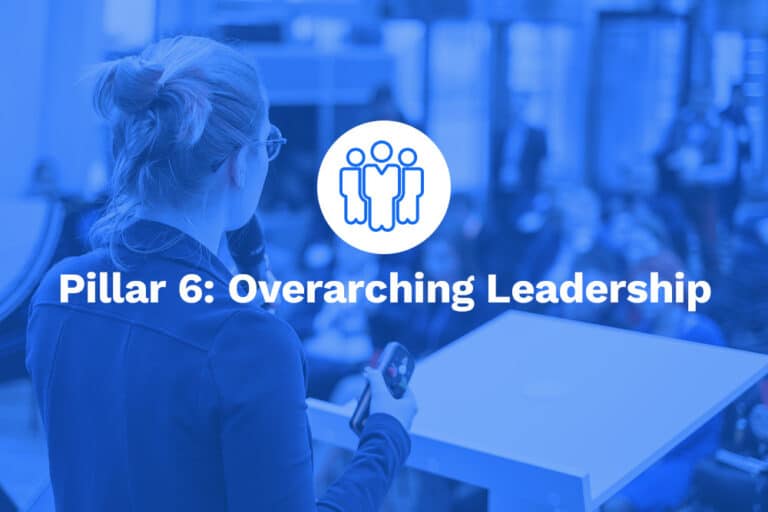Think Ahead, Move Forward: Quick Career Pathing Tips
Imagine you’re on a road trip without a map or destination in mind. That’s what a career without planning can feel like. At Leader Loop, we believe in strategic career pathing – not as a rigid plan, but as a flexible roadmap for your professional journey. This falls under our Mastery pillar, emphasizing continuous growth and adaptability.
Why It Matters
Picture two professionals five years into their careers:
- Sarah, who set clear goals and regularly reassessed her path, is now leading a team in her dream company.
- Mike, who took a “wait and see” approach, feels stuck in the same role he started in.
The difference? Intentional career planning.
- Professionals with career goals are 42% more likely to achieve their aspirations (LinkedIn, 2020)
- Employees with clear career paths have 30% higher retention rates (SHRM, 2018)
Pitfalls to Avoid
- Lack of Clear Goals: Example: Jane wants to “move up” but can’t articulate what that means, leading to aimless job-hopping.
- Ignoring Skills Development: Example: Tom aims for a management role but neglects to develop leadership skills, getting passed over for promotions.
- Not Seeking Guidance: Example: Alex tries to navigate a career change alone, missing out on valuable insights from industry insiders.
- Rigid Planning: Example: Maria stubbornly sticks to her plan to become a CFO, missing exciting opportunities in emerging fintech roles.
Actions You Can Take
1. Set Clear, Achievable Goals
- Short-term goal: “Complete a project management certification within 6 months”
- Long-term goal: “Become a Senior Product Manager at a tech startup within 5 years”
Use the SMART framework:
- Specific: Lead a team of 5+ developers
- Measurable: Increase department productivity by 20%
- Achievable: Align with company growth plans
- Relevant: Supports career progression in tech leadership
- Time-bound: Achieve within 3 years
2. Identify Skills and Gaps
- Skills Assessment: Use tools like LinkedIn Skills Assessments or industry-specific evaluations
- Continuous Learning: Attend a weekly coding workshop to transition into a more technical role
3. Seek Guidance and Mentorship
- Find Mentors: Reach out to a respected leader in your field for monthly coffee chats
- Professional Networks: Join groups like Women in Tech or attend industry conferences like SXSW
4. Regularly Review and Adjust Your Plan
- Track Progress: Use a career journal or app to log monthly achievements and setbacks
- Flexibility: Pivot from a traditional marketing role to digital marketing in response to industry trends
What It Unlocks for Your Career
Imagine transforming from feeling adrift to confidently steering your career. With strategic pathing:
- You’re 3x more likely to be engaged at work (Gallup, 2021)
- Your earning potential could increase by 50% over 10 years (PayScale, 2022)
- You’re positioned to seize unexpected opportunities, like when a reorganization creates a dream role
The Gist
Start today:
- Write down three career goals – for 6 months, 1 year, and 5 years from now
- Identify one skill gap and find a course or mentor to help close it
- Schedule a quarterly “career check-in” with yourself to review and adjust your path
Remember, the most successful careers aren’t always linear. They’re marked by strategic pivots, continuous learning, and a clear vision of where you want to go. By mastering career pathing, you’re not just planning for success – you’re actively creating it.
About Leader Loop: Leader Loop crafts actionable, competency-focused articles to accelerate your career growth. Our expert-written content provides practical strategies for leadership, team management, and professional development. Whether you’re a seasoned manager or an ambitious individual contributor, our articles deliver the insights you need to excel in today’s workplace.




